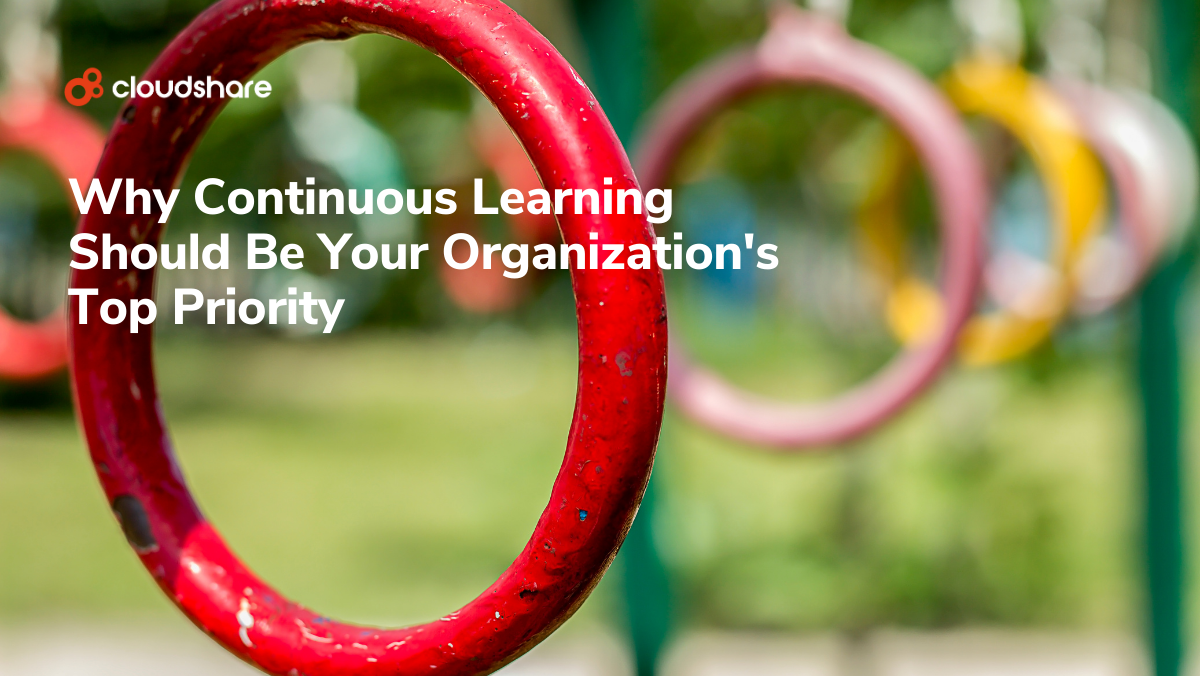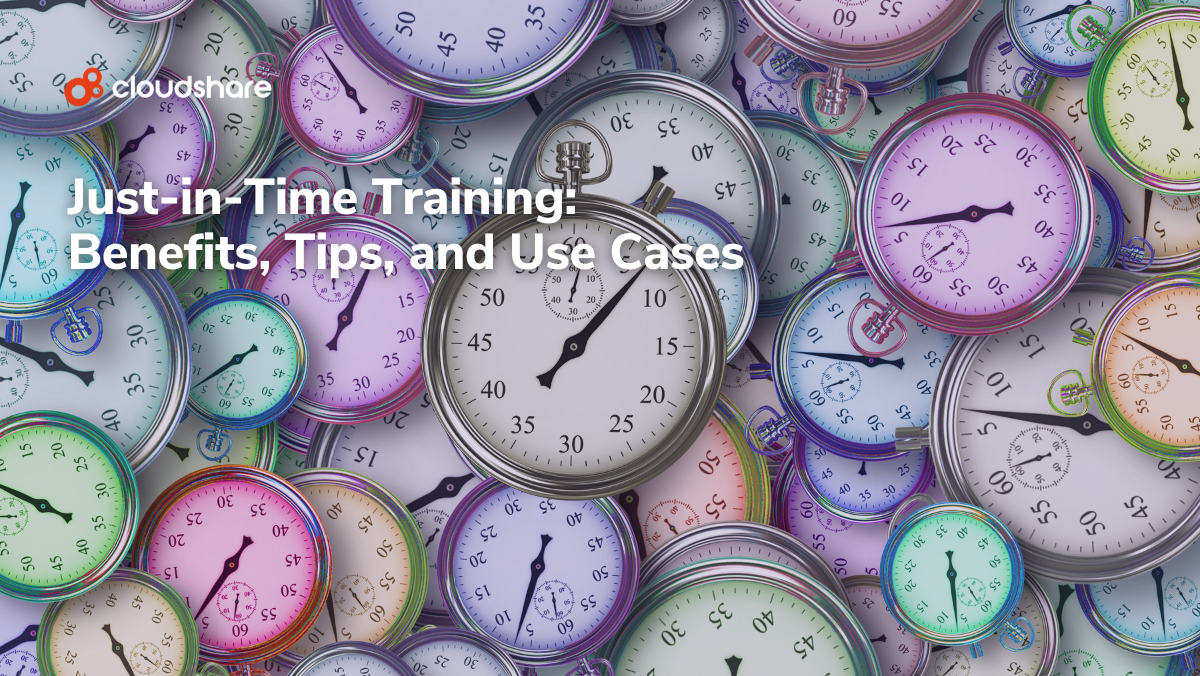
Hands-on training is inarguably better than passive learning, especially for software companies.
Learning by doing will always be more compelling than learning through rote memorization.
What’s more, hands-on training allows participants to develop and apply practical knowledge and skills.
When applied to customer education, there’s something else hands-on training achieves: shorter time to value.
What is Time to Value?
Time to value in software is a metric that reveals how long it takes for a customer to benefit from your software’s full potential. Also known as time to first value, it’s closely related to — and has an inverse relationship with — two other concepts: product adoption and product utilization:
- Product adoption, expressed as a percentage, measures how many new users start using your software to meet their business objectives over a given period of time.
- Product utilization is a collection of metrics that assess how users engage with and use a product. Common metrics include usage frequency, session length, and feature usage.
Why is Time to Value Important in Software?
The faster customers realize the true worth of your software, the more likely they are to become recurring customers. Moreover, a low time to value means your customers will also be more amenable to upselling opportunities and more willing to advocate for your software among their peers.
How Hands-On Training Can Accelerate Time to Value
Hands-on training improves both time to value and product adoption in several key ways related to both customer education and software enablement.
First and foremost, the same technology that supports your hands-on training can be used to deliver incredibly compelling product demos and POCs that enable prospects to experience your software’s value for themselves. It’s easy to tune out a salesperson when they start talking about the benefits of a product or service.
But when you experience those benefits for yourself? When you go through a tailored product experience that directly conveys how the software addresses your needs and pain points? That’s an entirely different story.
Exploring and experimenting with your software lets them see firsthand how it can help them achieve their business objectives. In other words, they’re beginning the onboarding and product adoption process before you’ve even finalized the sale. Once the contract has been signed, they’re ready to hit the ground running, headed straight for that time to first value moment. This is your best route to a customer base that’s more loyal, satisfied, and engaged.
Even if you don’t use hands-on demos to sell your software, the technology can significantly improve your onboarding process. Rather than having to navigate a sprawling knowledge base or sit through numerous slideshows and videos, new customers can dive right in.
You can provide customers with as much freedom as you like at this stage — either giving them a step-by-step guided walkthrough or letting them explore a sandbox with a list of tasks related to their use cases.
Other Benefits of Hands-on Training
Creating a more engaging and effective training experience benefits every other department that interacts with a customer throughout their journey.
Your customer success team has to field fewer helpdesk calls, as customers are far better versed in how your software works. They can also use virtual simulations for troubleshooting and technical support. And when new features are introduced or released, you can share interactive environments that teach customers how everything works, boosting upsell and cross-sell metrics.
Find the Right Tools to Support Hands-On Training
There’s one caveat to hands-on training that we’ve yet to mention. It’s not something you can support through a platform like Zoom or Teams.
While they’re great for videoconferencing and collaboration, those platforms don’t have the capacity to support any form of experiential learning.
You need specialized tools: virtual IT labs. Read Still Using Webex, Zoom, or Teams for Your Customer Training? Here’s Why Hands-on Training Needs Specialist Tools to learn more about what that entails. Once you’re done, learn more about how hands-on virtual training experiences impact your entire organization.




